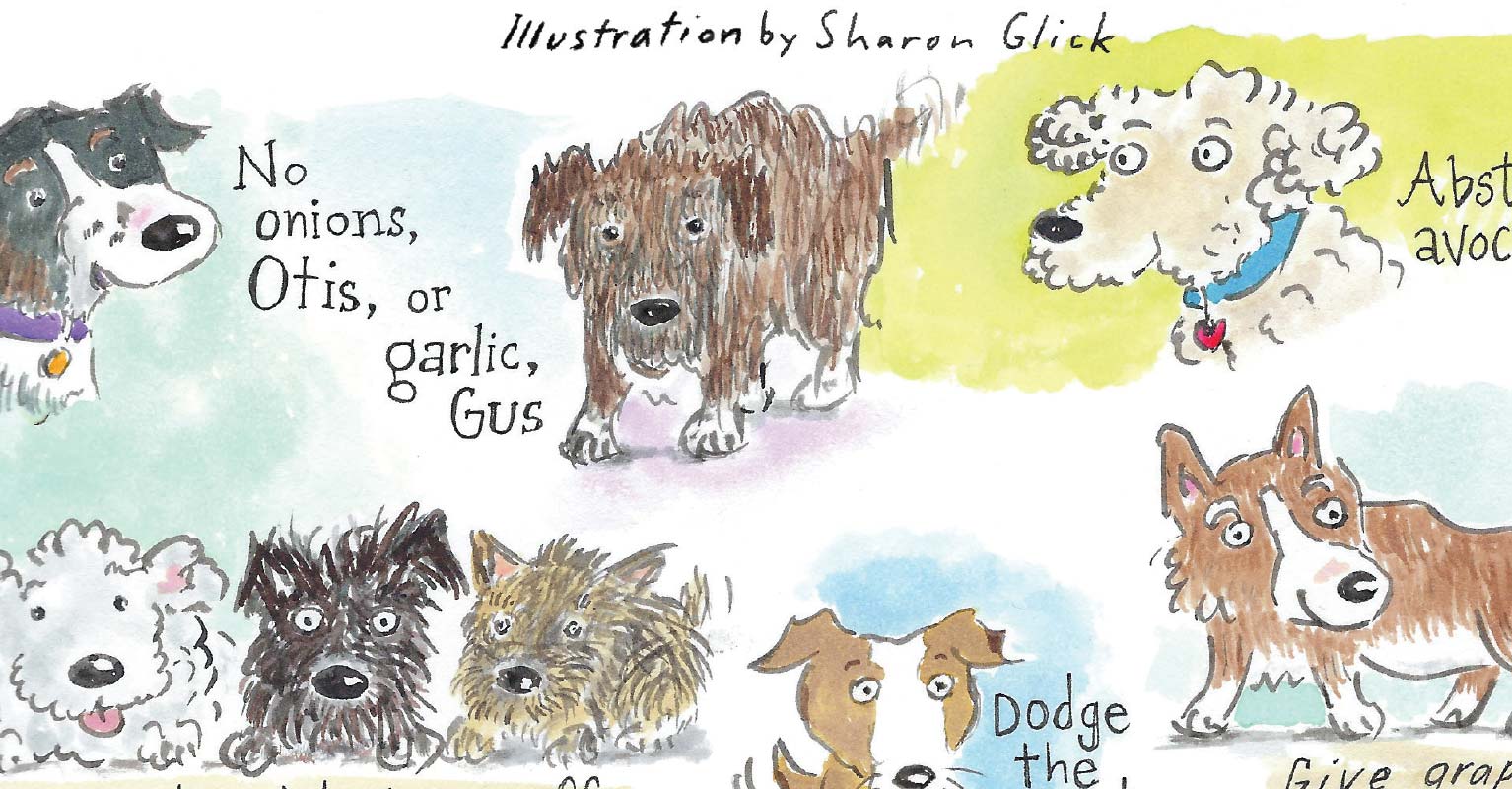There’s a growing tide of agricultural producers that are using crops and cattle as tools to reduce carbon in the atmosphere. With management strategies like intensive rotational grazing (where cattle are quickly moved through smaller pastures) or cover cropping and no-till farming (where farmers reduce the amount of bare soil on the land), there are more plants on the landscape, which means more photosynthesis, which means more carbon dioxide is pulled from the atmosphere and added back into the earth. Th is not only reduces carbon in the atmosphere, but also makes the soil richer, which leads to healthier plants.
Bozeman’s own Western Sustainability Exchange has partnered with international carbon credit provider NativeEnergy to off er the Montana Grasslands Carbon Program and is providing incentives to ranchers to help them shift to regenerative grazing. According to WSE Program Director Chris Mehus, many producers want to make these changes, but may not have the resources.
“By managing better, it’s going to allow the rangelands, the soil, and the ranch operations to be much more resilient going forward,” he says. “Given the large expanses of rangelands that we have across the West, there’s a huge potential for us to make a big shift in the amount of carbon in the atmosphere. I think we can have a really big impact.”
- Visit westernsustainabilityexchange.org/old-montana-grasslands-carbon-initiative to learn more.


